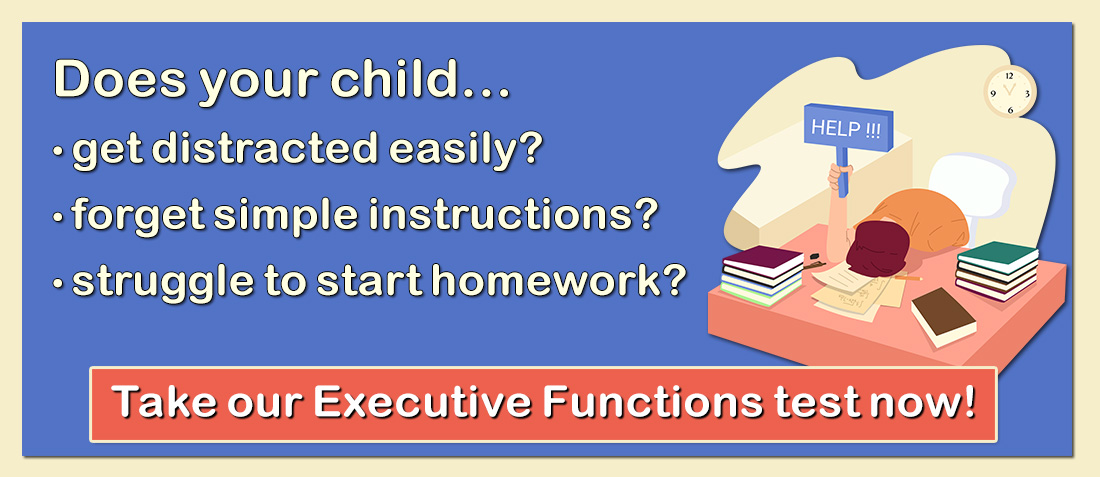Screen time has benefits for learning, but many kids spend way too much time glued to their devices. It’s crucial to find a healthy balance between screentime and other activities. Too much screentime can have negative consequences, such as sleep disturbance, poor homework completion, and in rare cases, addiction. Here are some basics about how to manage screen time. There is much to learn about effective screentime management for parents. The core principles are:
- Model good screentime habits
- Expect children to engage in many non screen activity
- Promote and support a healthy and balanced “Play Diet”
- Have clear guidelines for what, when, and where screentime is appropriate
Setting Limits
It’s important to set reasonable limits on screen time. These limits should be clear, consistent, and age-appropriate. Consider these factors:
- Age and Development: Younger children generally need less screen time than older children.
- Individual Needs: Some children may be more susceptible to the negative effects of screen time than others.
- Other Activities: Make sure your child has time for other important activities, such as physical activity, outdoor play, social interaction, and homework.
- Weekdays vs. Weekends: You might have different rules for weekdays and weekends.
Tips for Setting Limits
Setting limits on screen time can help create a balanced lifestyle for your child, promoting healthier habits and reducing potential negative effects. Here are some practical tips to help you establish and maintain these boundaries:
- Create a Schedule: Establish a daily or weekly screen time schedule and stick to it.
- Set Timers: Use timers to help your child keep track of their screen time.
- No Screens Before Bed: Avoid screen time for at least an hour before bedtime, as it can interfere with sleep.
- Device-Free Zones: Designate certain areas of the house (like the dinner table) as device-free zones.
- Lead by Example: Model healthy screen time habits yourself.

Replacing Screen Time with Other Activities
Encourage your child to engage in a variety of activities, including:
- Physical Activity: Playing outdoors, sports, dancing, etc.
- Creative Activities: Drawing, painting, building, music, etc.
- Social Interaction: Playing with friends, family time, etc.
- Reading: Books, magazines, etc.
- Hobbies: Collecting, gardening, etc.
Talking to Your Child About Screen Time Rules
Explain the reasons behind the screen time rules so your child can understand. Involve them in the process of setting limits and creating a schedule. This helps them feel a sense of ownership and increases the likelihood of following the rules.
Addressing Concerns About Excessive Screen Time
If you’re concerned that your child is spending too much time on screens or is showing signs of screen addiction, here are some strategies:
- Open Communication: Talk to your child about your concerns in a calm and non-judgmental way. Listen to their perspective and try to understand their motivations.
- Identify Underlying Issues: Sometimes, excessive screen time is a way for children to cope with stress, boredom, or social isolation. Try to identify any underlying issues that may be contributing to the problem.
- Set Clear Boundaries: Establish firm limits and consequences for exceeding those limits. Be consistent and follow through with the consequences.
- Offer Alternatives: Provide engaging alternatives to screen time, such as family activities, outings, or hobbies.
- Seek Professional Help: If you’re struggling to manage your child’s screen time independently, consider seeking help from a therapist or counselor.
Quality Over Quantity
Remember that it’s not just about the amount of screen time but also the quality. Focus on the types of activities your child is engaging in. Is it passive consumption or active learning? Are they interacting with others or isolating themselves?
Using Screen Time as a Reward
While we do not think that screen time should only be used as a reward as there can be many benefits, it can be helpful if used in this manner for some children. You can use screen time as a reward for completing other tasks or responsibilities. This can help motivate your child and reinforce positive behavior.

Be Flexible
There may be times when it’s appropriate to be flexible with screen time rules. For example, during a long car trip or when your child is sick. Use your judgment and communicate with your child about any changes to the schedule.
Monitor Content
Keep an eye on the types of content your child is accessing online. Use parental controls to filter inappropriate content and monitor their online activity.
Family Media Plan
Consider creating a family media plan that outlines everyone’s screen time rules and expectations. This can help ensure consistency and accountability.
Remember
Finding the right balance with screen time is an ongoing process. Be patient, flexible, and open to adjusting your approach as your child grows and their needs change. By setting clear limits, providing alternatives, and having open communication, you can help your child develop healthy screen time habits.
For those seeking additional support and resources on managing screen time, South County Child and Family Consultants offers a wealth of information and expertise. By visiting our website, you can access a curated selection of books and materials, connect with knowledgeable specialists, and find tailored advice to help you or your child navigate the complexities of screen time. Whether you’re looking for strategies to improve daily routines, educational accommodations, executive functioning, or to simply better understand the impact of screen time, South County Child and Family Consultants is an invaluable resource for empowering individuals and families.
Receive online class information and helpful tips from Dr. Randy Kulman's LearningWorks for Kids |




